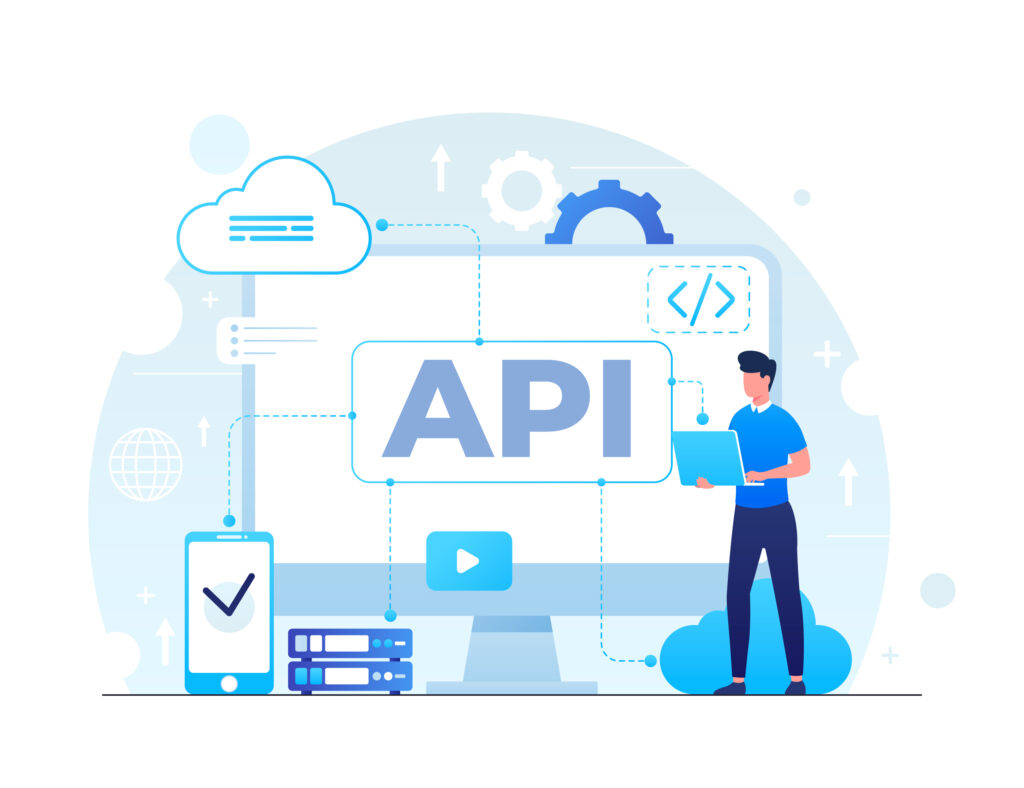API testing, also known as application programming interface testing, is a software testing approach that concentrates on examining individual API functions and how they interact with one another. Furthermore, this testing phase usually occurs after unit testing and before user interface testing, at the integration level. Its purpose is to confirm the accurate functioning of the API and its alignment with system requirements.
API testing can be executed either through manual methods. On the other hand, it can be done by utilizing automated testing tools. Several typical actions conducted in the process of API testing encompass:
Evaluating the API’s functionality to confirm it operates according to expectations.
Confirming that the API provides accurate responses for varying input values, while also scrutinizing error handling and input validation. Assessing security vulnerabilities is also a part of this process.
Assessing the API’s performance and its ability to scale effectively.
API testing holds significance by guaranteeing proper communication among various system components and the system’s capability to manage a substantial influx of requests.
API testing holds significance, primarily because it plays a pivotal role in verifying the harmonious collaboration of diverse systems within an application, guaranteeing the precision and security of exchanged data. Equally important is its role in pinpointing and resolving problems before the application goes live in a production environment.
API testing commonly involves the subsequent stages:
Examining the API documentation to grasp the functionality and anticipated inputs and outputs.
Crafting test cases that put the various aspects of the API through their paces.
Running the test cases and contrasting the anticipated outcomes with the observed results.
Evaluating the outcomes and detecting any problems that necessitate correction.
API testing involves the examination of the application’s APIs to ensure their proper functionality. When a system incorporates a range of APIs, it becomes essential to test them to ascertain the system’s overall functionality. As a result, API testing serves as a validation method to verify the system’s performance, reliability, security, and functionality.
What specific aspects do we assess in API testing?
Ensuring the correctness of data
Assessing response time
Identifying duplicate or absent functions
Validating authorization procedures
Detecting multithreaded problems
Addressing security and performance concerns
Examining returned error codes
Checking for reliability challenges
Understanding the Diverse Range of Defects in API Testing :
Performance Concerns: API response times may exhibit significant delays and latency.
Incorrect Structuring of Response Data (JSON or XML).
Security Vulnerabilities.
Mishandling of Legitimate Argument Values.
Inadequate Error or Warning Messages to the Caller.
Absence or Replication of Functionality.
Reliability Challenges: Difficulty in establishing connections and receiving responses from the API.





Leave A Comment